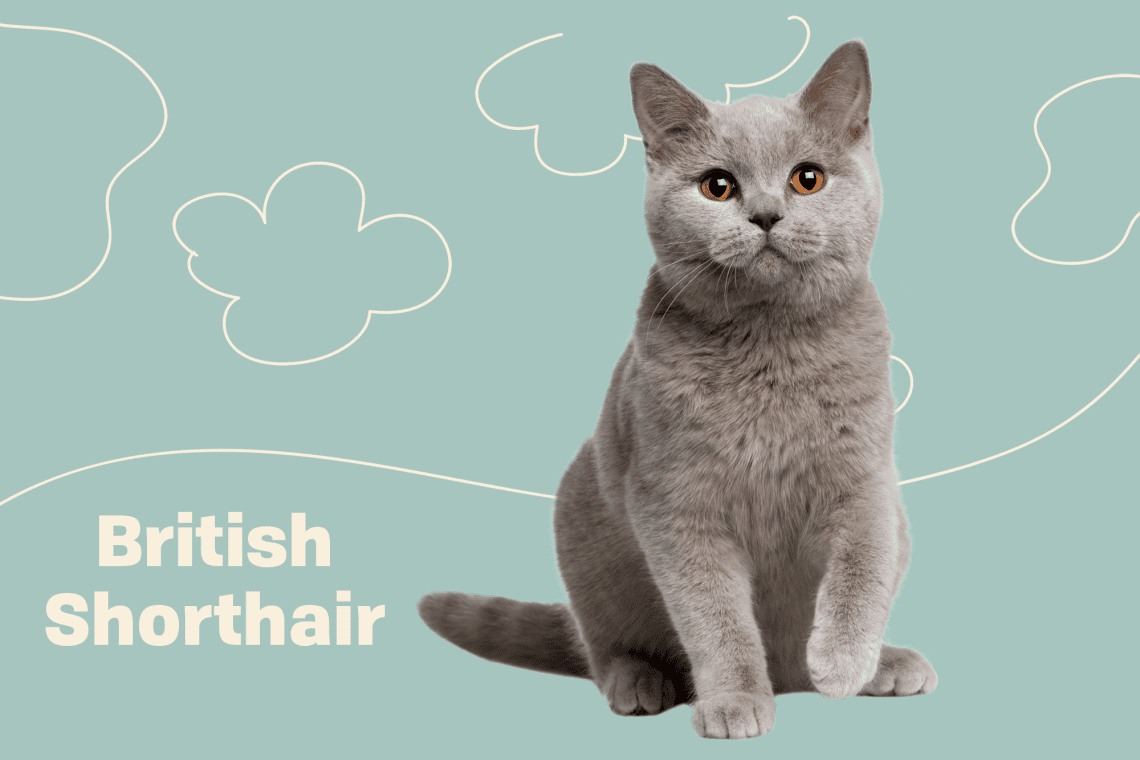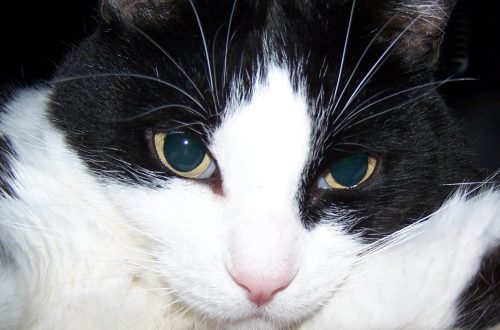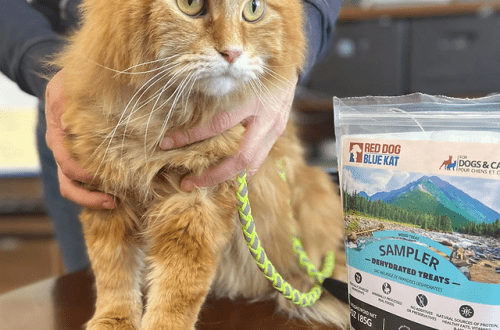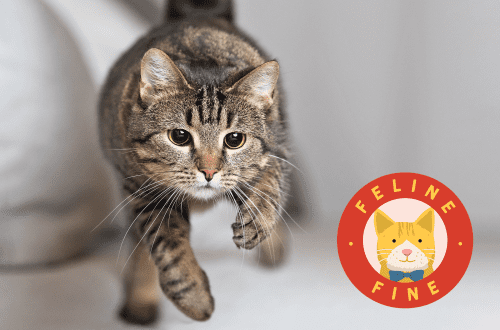
What are British cats: varieties and features of breeds
British cats are known all over the world: plush coat and round cheeky muzzles brought them wide popularity. What are their features?
british shorthair
The most widely distributed British Shorthair cats are British shorthair, which were recognized as a separate breed in the XNUMXth century. As you might guess from the name, this breed originated in the UK. It is believed that about two thousand years ago, the ancestors of modern Britons sailed to Foggy Albion along with Roman legionnaires. These cats adapted to the damp and cold climate of England and gradually acquired a very dense and thick coat. Their main occupation was catching mice and rats, which is why the British have such a strong and developed body. For a long time, these cats were considered common pets, until Harrison Weir, president of the National Cat Fanciers Club, took note of their fur and build. Below you will find the characteristic features of the British breed.
Breed Standard
Shorthair British have a strong, squat and muscular body. Adult males can weigh from 5 to 8 kg, adult cats – from 4 to 6 kg. The chest, shoulders and hips are massive and wide, while the paws are relatively short and rounded. The tail should be straight, short, thick enough – from a wide base to a rounded tip.
The “calling card” of British cats is a massive rounded head with small, widely spaced ears and a short wide nose. The muzzle should also have a round outline with pronounced cheeks, especially in cats. The eyes are large, round and set wide apart. The shade of the eyes depends on the color and can be yellow, orange, honey, blue or green.
The coat of cats of this breed is short, densely stuffed, with a thick thin undercoat. This creates the plush effect that so many people love the British Shorthair.
A fairly long history of the breed and its popularity with breeders has led to the emergence of more than two hundred colors. Among them – solid, tortoiseshell, marble, brindle, spotted, color-point and bicolor. However, the blue color is considered classic.
british longhair
After the two world wars, the population of British shorthairs was greatly reduced, and to increase it, breeders used cats of other breeds – in particular, Persians. Because of this, a recessive gene for long hair appeared in the British Shorthair genotype, which periodically led to the birth of long-haired kittens. At first they were culled as not meeting the breed standard, but since 2002 the British Longhair has been recognized as a separate breed – British Longhair.
Breed Standard
The physique of the long-haired British is the same as that of the short-haired counterparts: massive, strong and rounded. There are some differences in color – the British Longhair breed standard does not include white and color-point colors.
The coat of these cats is straight, of medium length, smooth, very dense, with a developed undercoat. The texture is plush, and softer than the British Shorthair. A fluffy collar and panties is desirable, the hair on the tail is long and lush.
Other types of British cats
Important: there are no other variants of British cats. The British Fold is not on official lists. So the Scottish Fold is mistakenly called because of some similarities with the British.
See also:
How is a Scottish cat different from a British one? How to deal with hairballs in a cat How to keep your cat’s coat healthy





